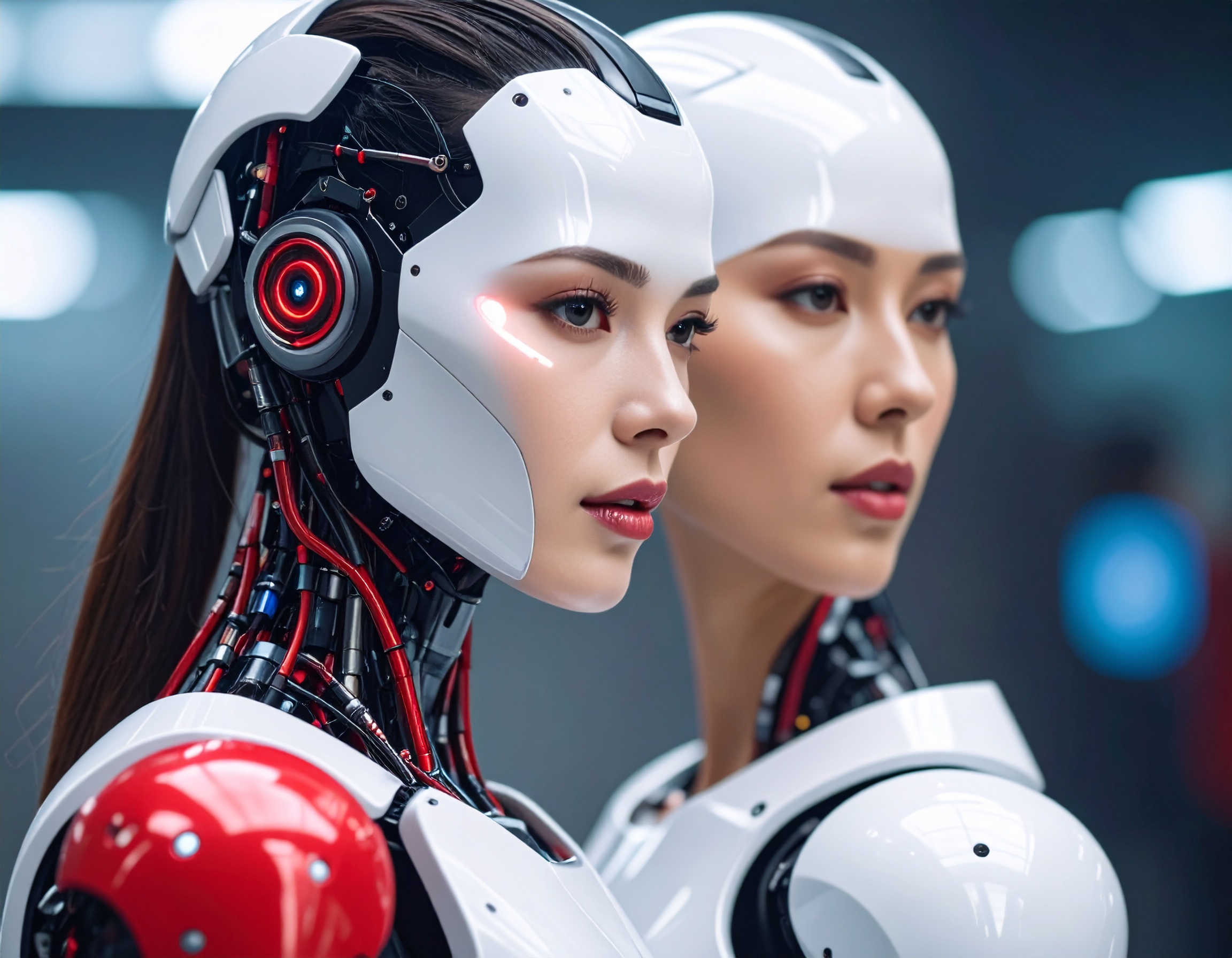Revolutionizing Soft Robotics: Ancient Sea Creatures Spark a New Wave of Innovation

In a captivating marriage of ancient history and cutting-edge technology, Carnegie Mellon University researchers have unveiled a pioneering breakthrough in the field of soft robotics. Led by Richard Desatnik, the team collaborated with European paleontologists to study the locomotion of pleurocystitids, ancient marine creatures dating back 500 million years. This groundbreaking research, presented at the 68th Biophysical Society Annual Meeting in Philadelphia, introduces the concept of "paleobionics," where the movements of ancient creatures inspire the design of innovative soft robots.
Soft robotics, renowned for its use of flexible materials, holds immense promise in various applications, particularly in human interactions, medical devices, and challenging environments such as the ocean or outer space. The team's focus on pleurocystitids sheds light on their unique method of movement, specifically the sweeping motion of their stems, which has been emulated in the creation of a soft robot.
The research process involved a meticulous examination of fossilized pleurocystitids, akin to modern sea stars and sea urchins, using CT scans for accurate three-dimensional reconstruction. Computer simulations were then employed to understand how these ancient creatures navigated the water, leading to the development of a soft robot that mirrors their efficient movements.
The implications of this study extend beyond the realm of scientific curiosity. The pleurocystitids' method of movement, particularly the efficient use of their stems, presents a novel approach to underwater soft robotics. The potential applications are vast, ranging from improved navigation of the ocean floor to enhanced speed without a significant increase in energy expenditure.
This innovative intersection of paleontology and robotics not only broadens our understanding of ancient life forms but also pushes the boundaries of soft robotics. As "digital employees" inspired by creatures from the past, these soft robots hold the key to unlocking new possibilities in exploration and maintenance tasks, from underwater surveys to infrastructure upkeep. The soft robotics revolution has taken a leap into the past, bringing ancient sea creatures into the forefront of modern technological advancements.
Key Highlights:
- Ancient Inspiration for Modern Innovation: Carnegie Mellon University researchers have pioneered a groundbreaking approach to soft robotics by drawing inspiration from the locomotion of pleurocystitids, ancient marine creatures that lived around 500 million years ago.
- Soft Robotics Revolution: Soft robotics, dedicated to creating robots from flexible materials, offers significant advantages in safety and adaptability, particularly in human interactions. The team's work aims to revolutionize various applications, from medical devices for delicate human body navigation to machines designed for challenging environments like the ocean or outer space.
- Paleobionics Unleashed: The collaboration between Richard Desatnik's team and European paleontologists introduces the term "paleobionics," where the movements of ancient creatures inform the design of soft robots. This innovative approach merges paleontology and robotics, exploring the untapped potential of the 99% of creatures that once roamed the Earth.
- Learning from Ancient Sea Creatures: The research focuses on pleurocystitids, ancient sea creatures with muscular stems or tails. By studying fossilized remains and using CT scans, the team reconstructed their three-dimensional shapes. Computer simulations were then employed to hypothesize the creatures' movements, leading to the creation of a soft robot mirroring the efficient motion of the ancient creature's stem.
- Efficient Underwater Navigation: Insights from the research suggest that the pleurocystitids' sweeping motion could offer an efficient means of navigating the ocean floor. The evolution of a longer stem, as indicated by the fossil record, could enhance speed without a significant increase in energy expenditure.
- Practical Applications: The soft robots inspired by ancient sea creatures have potential applications in underwater tasks, such as geological surveying and maintenance of underwater infrastructure. The findings open up new possibilities for underwater soft robotics to become indispensable tools in various fields.
- Presentation and Future Implications: Richard Desatnik is set to present the team's findings at the 68th Biophysical Society Annual Meeting in February 2024. The intersection of paleontology and robotics not only enhances our understanding of ancient life forms but also pioneers new avenues in robotic movement and functionality, marking a significant leap forward in the field of soft robotics.
Reference:
https://www.earth.com/news/sea-creatures-of-the-past-inspire-the-future-of-soft-robots/


